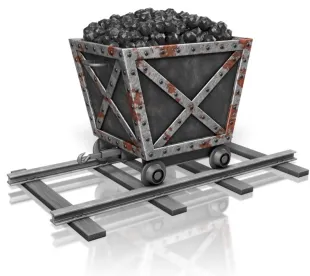At a mining industry conference in June 2018, Assistant Secretary for Mine Safety and Health David Zatezalo briefly described a plan to “blur the lines” between the traditional division of the agency into coal enforcement and metal/nonmetal enforcement. He stated that he was meeting with all Mine Safety and Health Administration (MSHA) district managers in late June 2018 to discuss how the agency would function with just one set of districts and a single type of inspector focused on enforcement at all types of mines.
Zatezalo also indicated that the agency recognizes that some mines may present unique inspection challenges that would require certain types of inspector expertise. For such mines, suitably experienced inspectors would be assigned to inspect. The majority of mines, however, would be covered by inspectors trained both in coal and metal/nonmetal enforcement.
This reorganization of the inspection force undoubtedly is due in part to the reduction in the number of coal mines to be inspected. Zatezalo has stated in recent speeches that he views this as an opportunity to reduce travel costs, including inspector travel time, by sending inspectors closest to the mine to inspect, rather than being limited to sending only the closest coal or metal/nonmetal inspector depending on the type of mine.
It remains to be seen how significant the reorganization will be, but early indications are that this will be a major shift in how MSHA handles enforcement. Of course, the separate sets of regulations for coal and metal/nonmetal will remain the same. Training of inspectors, supervisors, and managers will be critical to provide for consistent and fair enforcement across what had been the historical boundary between coal and metal/nonmetal enforcement.




 />i
/>i

